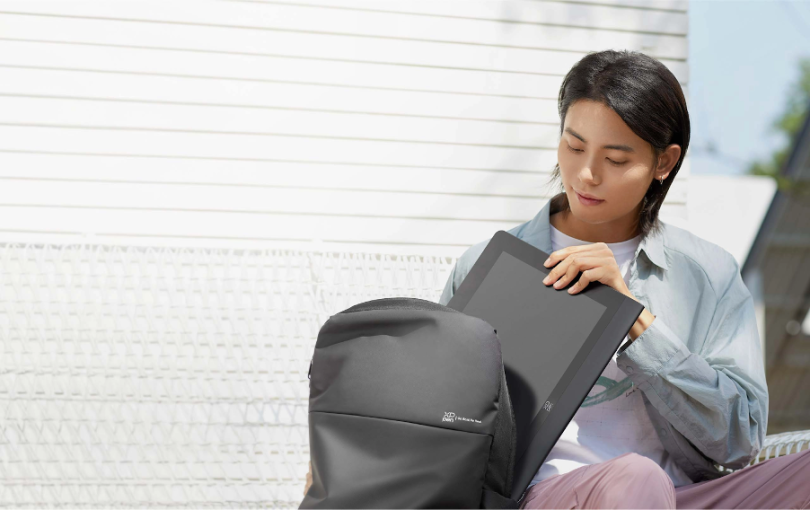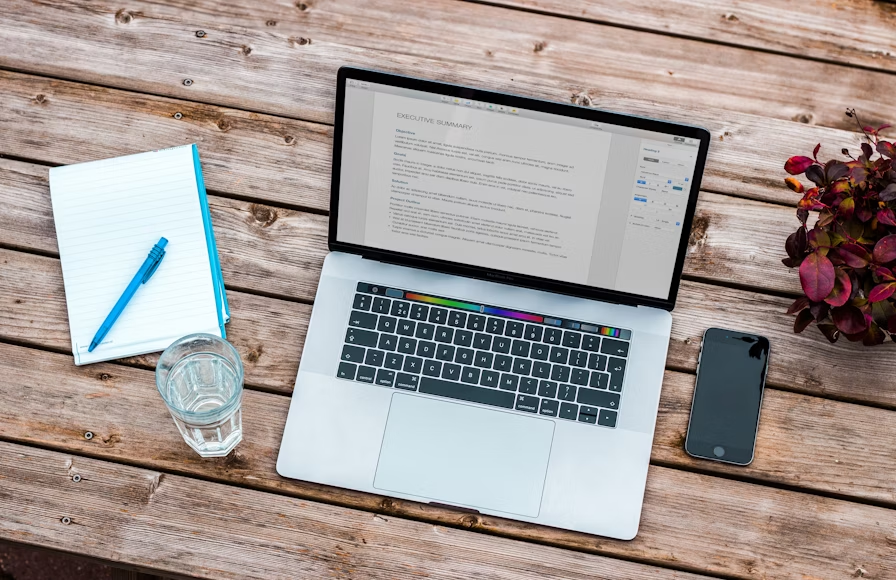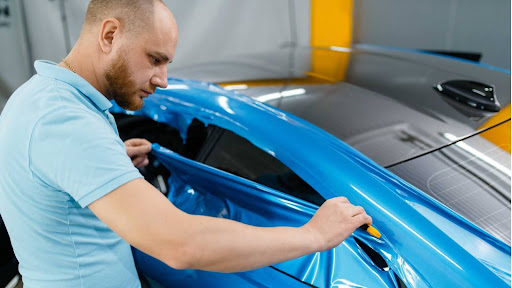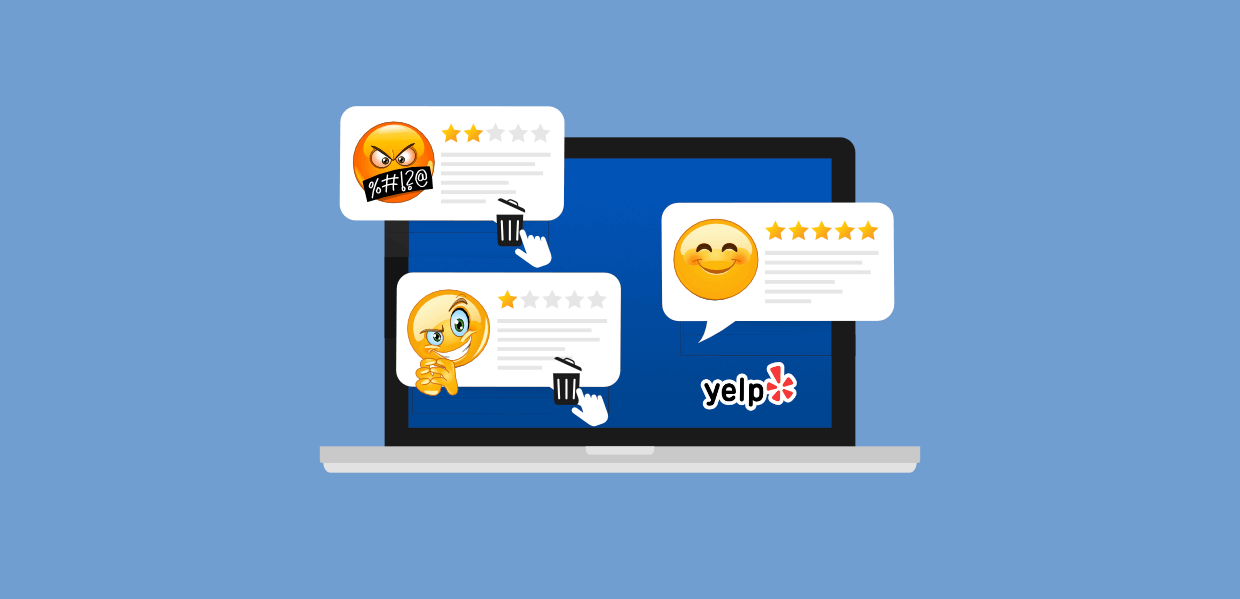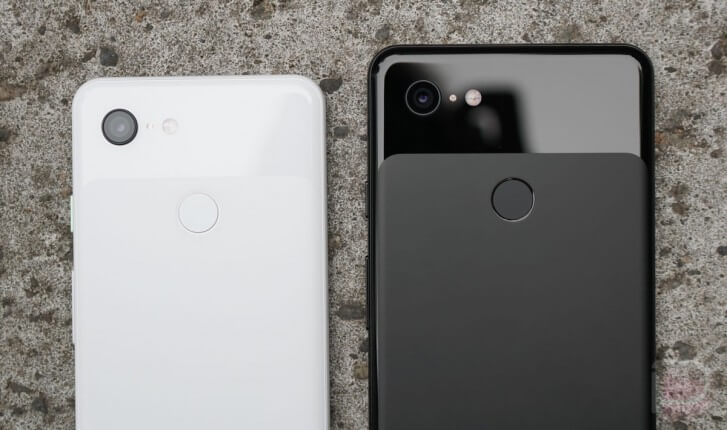Adobe Photoshop is the undisputed standard for digital creation, demanding tools that match its power and precision. The tablet connecting your hand to the digital canvas isn’t just an accessory; it’s a critical component of your creative workflow. The quest for the “best tablet for Photoshop” inevitably confronts the budget vs. premium dilemma. Understanding the tangible differences in performance, features, and value across price tiers is essential for making an informed investment, whether you’re a budding designer or a seasoned professional.
Defining the Photoshop-Ready Tablet: Core Pillars
Regardless of budget, a competent Photoshop tablet must excel in key areas:
- Pen Performance: High pressure sensitivity (8192+ levels standard, 16,384 premium), low initial activation force, tilt recognition (±60°), minimal lag, and precise tracking are non-negotiable for controlling Photoshop’s expressive brushes and intricate selections.
- Display Fidelity (For Display Tablets): Resolution (HD, QHD, 4K), color accuracy (gamut coverage: sRGB, Adobe RGB, DCI-P3; Delta E value), brightness, contrast, and minimal parallax (gap between pen tip and cursor) are crucial for accurate photo editing, color-critical work, and detailed illustration.
- Responsiveness & Stability: Near-imperceptible latency and robust, reliable drivers ensure a seamless, frustration-free creative flow.
- Workflow Efficiency: Customizable express keys, touch rings/strips, and dials for shortcuts (Brush Size, Undo/Redo, Zoom, Hand Tool) significantly boost productivity.
- Ergonomics: Adjustable stands and comfortable pens reduce fatigue during marathon Photoshop sessions.
- Build Quality & Longevity: Durable construction withstands professional use.
The Budget Arena (<$250): Capable Foundations
This tier caters to beginners, hobbyists, and those needing secondary/portable devices. Brands like XPPen (Deco series), Huion (Inspiroy/H series), and Wacom (One/Intuos S/M) dominate.
- Strengths:
- Accessibility: Low barrier to entry.
- Solid Core Performance: Most offer 8192 pressure levels, decent tracking, and acceptable latency for learning fundamentals and basic edits.
- Portability: Non-display models are highly portable.
- Compromises:
- Non-Display Dominance: Primarily non-display tablets require hand-eye coordination. Entry-level displays (e.g., XPPen Artist 12 Gen 2, Huion Kamvas 13) often feature lower resolution (Full HD), narrower color gamut (~72-90% sRGB), higher parallax, and basic stands.
- Simpler Controls: Fewer express keys (0-8), limited customization.
- Materials & Feel: More plastic construction; pens may feel lighter/less balanced.
- Driver Maturity: Generally good, but occasional hiccups possible.
- Top Contenders:
- Non-Display: XPPen Deco L, Huion Inspiroy H950P, Wacom Intuos Medium.
- Entry-Level Display: XPPen Artist 12 (2nd Gen), Huion Kamvas 13.
Verdict: A budget tablet can be a capable “best tablet for Photoshop” for foundational learning, basic edits, or tight budgets. It proves powerful creation is accessible. However, professionals or those demanding color accuracy and high precision will quickly encounter limitations.
The Premium Powerhouse ($400-$2000+): Investing in Creative Mastery
This tier targets professionals and serious artists who rely on Photoshop daily. Performance and features are paramount.
- Strengths:
- Exceptional Display Quality: High resolution (QHD, 4K UHD), wide color gamut (95%+ Adobe RGB/DCI-P3), factory calibration (Delta E ≤ 2), high brightness/contrast, advanced lamination minimizing parallax. Essential for professional output.
- Elite Pen Technology: 16,384 pressure levels, ultra-low initial force (<3g), significant tilt support (±60°), near-zero lag, premium pen ergonomics.
- Advanced Workflow: Multiple customizable express keys (8+), intuitive touch rings/dials, multi-touch support (on some).
- Ergonomic Excellence: Robust, highly adjustable stands for optimal comfort.
- Superior Build: High-grade materials (metal, composites), meticulous engineering.
- Driver Refinement: Generally mature, stable, feature-rich drivers.
- Consideration: Significant investment; less portable.
The Premium Contenders: A Comparative Landscape
Finding the “best tablet for Photoshop” here requires careful comparison. Key players include:
- Wacom Cintiq 16 / Cintiq Pro 16:
- Pros: Industry benchmark for pen feel and driver stability. Excellent build quality. Pro 16 offers higher resolution (4K), better color (98% Adobe RGB), and Pro Pen 3 with haptic feedback (optional).
- Cons: Cintiq 16 uses older tech (HD, ~94% sRGB). Pro 16 is significantly more expensive. Stand often sold separately (high cost). Driver complexity can be overwhelming for some.
- Best For: Professionals prioritizing absolute pen feel and reliability, willing to pay a premium.
- Huion Kamvas Pro 16 (2.5K / 4K):
- Pros: Strong value proposition. Excellent displays (QHD or 4K, good color coverage ~140% sRGB / 99% Adobe RGB on 4K model). Solid pen performance (16K pressure, tilt). Good array of express keys and touch bar. Often includes a robust stand.
- Cons: Pen feel and driver stability can sometimes lag slightly behind Wacom (though improving rapidly). Color calibration consistency across units can occasionally vary. Build quality good, but not always quite as premium as Wacom Pro/XPPen Ultra.
- Best For: Artists seeking high-res displays and premium features at a competitive price point.
- XPPen Artist Ultra 16:
- Pros: Standout value in the high-spec segment. Features a vibrant 16-inch 4K UHD display with impressive 99% Adobe RGB / 99% sRGB coverage and factory calibration (Delta E<1.1), rivaling far more expensive options. The X3 Pro Smart Chip Pen offers 16,384 levels of pressure, tilt support (±60°), extremely low initial activation force (<3g), and near-zero lag. Includes a fully adjustable stand and eight customizable express keys plus a Smart Touch Ring for workflow efficiency. Build quality is robust.
- Cons: Brand recognition still growing compared to Wacom. Driver interface functional but slightly less polished than Wacom’s (though stable).
- Best For: Professionals and serious artists seeking flagship-level display quality, pen performance, and features (4K, wide Adobe RGB, premium pen, robust stand) at a significantly more accessible price than Wacom’s Pro line. A top contender for value-focused professionals.
Premium Comparison Snapshot:
Choosing Your Photoshop Powerhouse: A Decision Framework
- Prioritize Absolute Pen Feel & Reliability (Budget Secondary): Wacom Cintiq Pro 16 (prepare for investment).
- Seek Maximum Display Specs & Features at Aggressive Value: Huion Kamvas Pro 16 (4K) or XPPen Artist Ultra 16 (compare current pricing/color reports).
- Demand High-End Specs (4K, Wide Adobe RGB) & Premium Build Without Top-Tier Price: XPPen Artist Ultra 16 presents a compelling, balanced package.
- Need Entry-Level Premium on a Slightly Lower Budget: Consider QHD versions like Huion Kamvas Pro 16 (2.5K) or slightly smaller premium displays.
Conclusion: The “Best” is Defined by Your Needs and Resources
The true “best tablet for Photoshop” doesn’t exist in a vacuum. It’s the tablet that optimally balances your specific requirements, skill level, workflow demands, and budget.
- Budget Tiers democratize Photoshop, offering capable tools for learning and essential tasks. They are a valid and often wise starting point.
- Premium Tiers are not mere luxuries for professionals; they are investments in productivity, precision, color fidelity, and ergonomic well-being. The difference in daily workflow efficiency and output quality is tangible.
Within the premium segment, discerning professionals have excellent choices. While Wacom sets the benchmark, competitors like Huion and particularly XPPen with the Artist Ultra 16 have dramatically closed the gap, offering near-equivalent core performance (4K resolution, wide Adobe RGB coverage, 16K pressure sensitivity, low-lag pens, robust stands) at significantly lower price points. The Ultra 16 exemplifies how far value-oriented premium tablets have come, making high-end Photoshop performance more accessible than ever before.
Ultimately, assess your needs honestly, weigh the performance differences against the cost, and choose the tool that empowers your Photoshop journey most effectively, be it a capable budget companion or a premium powerhouse like the XPPen Artist Ultra 16 or its worthy competitors. Your best work deserves the right tool.

